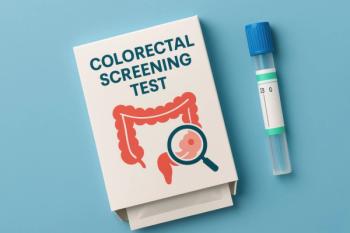
ADA, AMA, and YMCA Praise Introduction of Medicare Diabetes Prevention Act
Today's call for Medicare to cover the Diabetes Prevention Program is part of a broader effort by advocacy groups and the AMA to identify those with prediabetes and intervene before people develop full-blown diabetes.
A trio of well-known groups with different healthcare missions joined today to praise the introduction of federal legislation to prevent type 2 diabetes mellitus (T2DM) among the nation’s seniors, with an estimate putting the bill’s potential savings at $1.3 billion over 10 years.
The American Diabetes Association, the American Medical Association and the YMCA of the USA called attention to the latest effort to pass the Medicare Diabetes Prevention Act, which would require coverage of the Diabetes Prevention Program for beneficiaries at high risk of developing T2DM.
The legislation has been introduced in the US House of Representatives as H.R. 2101 and in Senate as S. 1131. Sponsors are Representatives Susan Davis, D-California and Peter King, R-New York, and Senators Al Franken, D-Minnesota, and Susan Collins, R-Maine, respectively. The act was also introduced in the last session of Congress.
Support for fighting diabetes has significant bipartisan support in Congress, even though bills have not made it past the finish line. Collins was also a prime sponsor of legislation introduced late in the last session to require Medicare to pay for continuous glucose monitoring technology. That legislation also had a number of co-sponsors from both parties and in both the House and Senate.
The current legislation comes shortly after the CDC and AMA launched P:revent Diabetes STAT, a high-profile effort to identify persons with prediabetes and intervene before they progress to full-blown diabetes. CDC’s partnership with YMCA on the Diabetes Prevention Program has shown that interventions with individuals with prediabetes can reduce their risk for T2DM by 58% with lifestyle changes including improved nutrition, increased physical activity and weight loss of 5-7%. CDC and AMA are also working to get commercial payers to cover the DPP.
Results were even stronger for seniors. Participants over the age of 60 reduced their risk for T2DM by 71%. Research has shown that in a community setting, these results can be replicated in a group setting for a relatively modest cost of $300 to $400 per person—far less than the long-term costs of complications from diabetes. The 10-year savings estimate was calculated by Avalere Health.
Newsletter
Stay ahead of policy, cost, and value—subscribe to AJMC for expert insights at the intersection of clinical care and health economics.













































